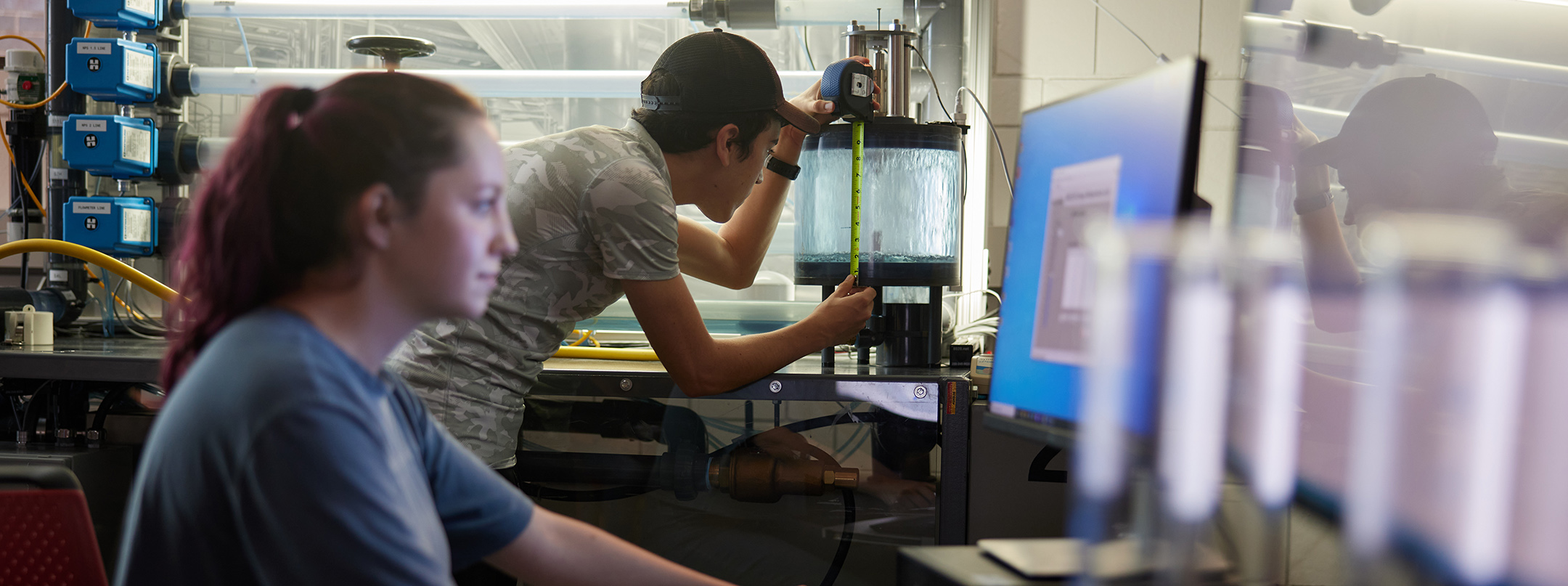We keep you engaged as you design more reliable batteries for pacemakers and create sensors that stimulate the brain to help with dementia and Parkinsons disease. You’ll have the opportunity to program robots to move through crop rows. You’ll learn to find new ways to improve the safety of our food with sensors in food processing equipment that detect bacteria and pathogens.
Why Choose Mechanical Engineering?

Anticipating and solving tomorrow’s problems today.
Mechanical engineers are problem solvers who apply their skills to design, develop, build, and test all sorts of mechanical devices, tools, engines, and machines in just about every type of industry. As a mechanical engineer, you’ll work on teams to develop a wide range of products and systems including, transmissions, engine parts, aircraft engines, control systems, prosthetic devices, disk drives, printers, semiconductor tools, sensors, gas turbines, wind turbines, fuel cells, compressors, robots, machine tools, space shuttle vehicles, turbines, pumps, power plants, factories, and more.


As a mechanical engineer, you’ll have no problem getting work.
They’re ranked among the top 10 fields nationally for employment, and according to the U.S. Bureau of Labor Statistics (BLS) engineers have a median annual wage of $91,010 (May 2019), and the engineering field projects to have employment growth of nearly 140,000 new jobs over the next decade.

Cutting-edge technology for sharp minds.
- Lasers, precision machinery and nano-technology
- Automobiles, airplanes, and other transportation vehicles
- Robotics, mechatronics, and electronic control of machinery
- Heat exchangers, refrigerators, ventilation systems
